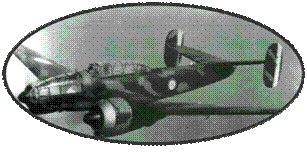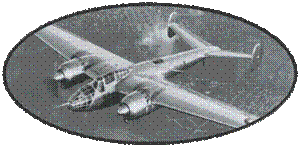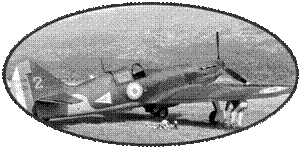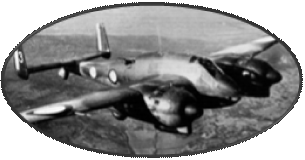On January 15, 1934, the
dewoitine D.332 Emeraude crashes into the Morvan. This disaster
will have consequences on the current design of the successors of
the D332. The technical services review their specifications and
require a load factor of 7 instead of the 5 requested until then.
This requires a substantial strengthening of the structure of the
aircraft, including a reinforced wing. The manufacturer took the
opportunity to make other changes: a luggage compartment is added
behind the central engine and at the request of Air France who wants
to make flights Casablanca-Dakar non-stop, 3 additional tanks are
added in the fuselage. These two modifications impose to lengthen
the fuselage with respect to D.332. The wing undergoes a number
of changes as well: the engines are close to the fuselage and their
cowling is better. The 4 tanks are now installed in the wing and
at the request of Air France, the shutters have been optimized to
reduce the landing speed of 20km / h. With all these changes, the
device took the name of Dewoitine D.333.
The Dewoitine D.333 appeared
as a commercial three-engined aircraft at low wing with fixed landing
gear of completely metallic construction. Its crew consisted of
3 people: two pilots and a Radio and the aircraft could carry 8
to 10 passengers. It was powered by 3 Hispano-Suiza 9Vd, 575 hp
of 9 cylinder single star driving two-blade metal propellers fixed
pitch It could carry a total of 4355l of gasoline which gave it
a comfortable autonomy of more than 2000kms.
Air France ordered 3 aircraft,
including the prototype.
These developments delay
the project and it is only on January 17, 1935, that the prototype,
registered F-AKHA makes its first flight. The tests are satisfactory,
the reinforced wing making the D.333 more pleasant to pilot than
the D.332, with however a longitudinal instability which will be
corrected by the enlargement of the drift.
The prototype is delivered
to Air France on May 4, 1935 under the final registration F-ANQA.
The two following aircraft, D 333-1 F-ANQB "Cassiopé" and D 333-2,
F-ANQC "Altair" flew respectively in May 1935 and March 1936.
The first commercial flights
of the new aircraft began from May 1936, on the line Toulouse-Casablanca-Dakar.
It was during one of these flights that the D.333 F-ANQA "Antares",
caught in a violent storm, disappeared off Morocco on October 25,
1937 during the return journey: there was no survivors (5 people).
In December 1937, the two
remaining D.333 were assigned by Air France on the lines of the
South American network for the connection between Buenos Aires and
Natal. The "Cassiopeia" was based in Rio de Janeiro, and "Altair"
in Buenos Aires.
At the Armistice, the Argentine
authorities, pushed by the United States, seize the D.333 and D.338
which are stored on the spot. The apparatuses will be sold at the
end of 1943 to the Air Force Argentina, and integrated on January
17, 1944 under the numbers T-172, ex F-ANQB Cassiopée and T-173,
ex F-ANQC Altair the 2nd Regiment of Transport, based in El Palomar,
near Buenos Aires. They will remain in service probably until July
1946.













